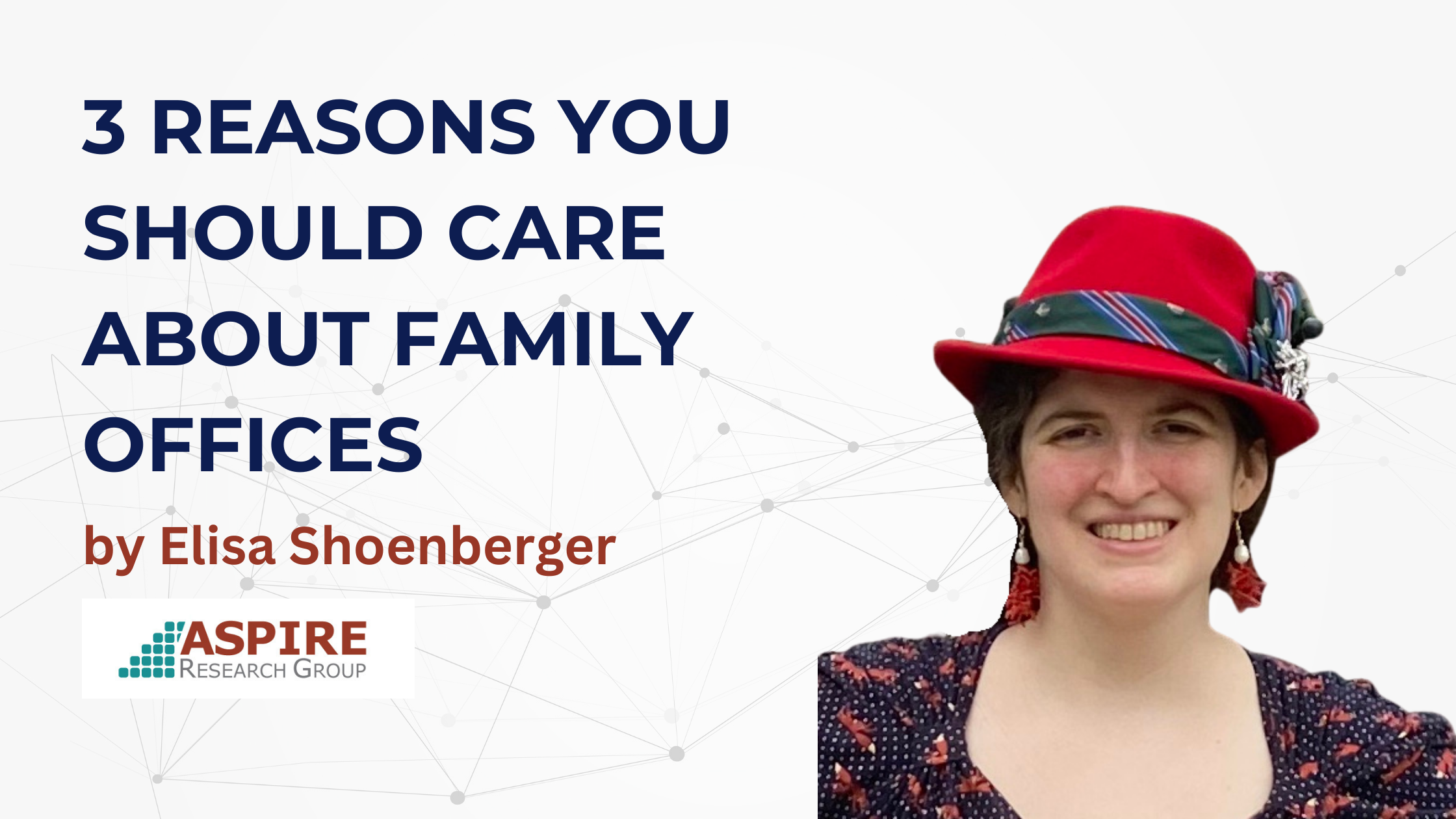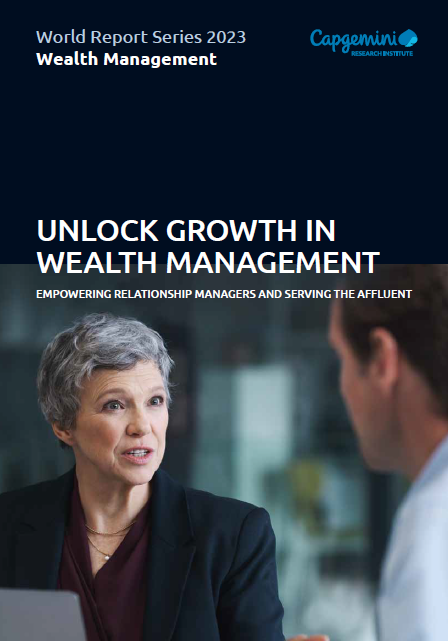3 Reasons You Should Care About Family Offices
When I first heard of a family office, I thought it was a fancy way of saying a family business. Boy, was I wrong! Family offices are a way for families to manage their wealth – as if that wealth was a business. This can include managing family investments and companies, estate planning, education planning, vacations, and philanthropy.


